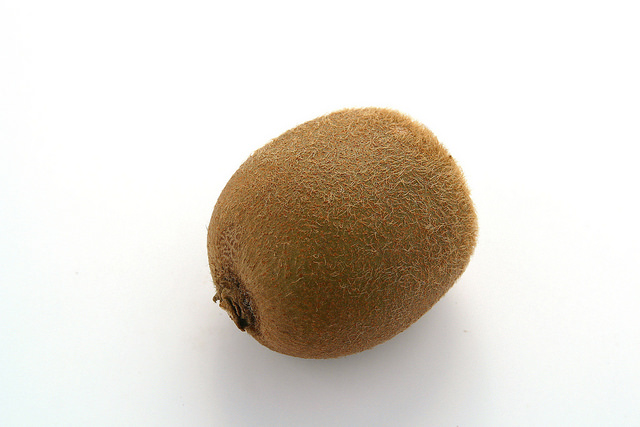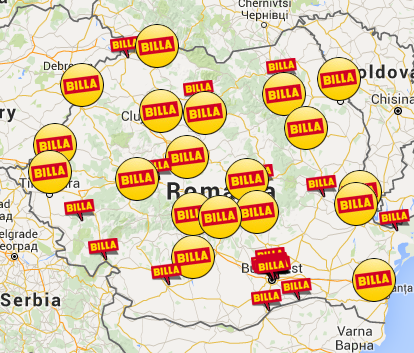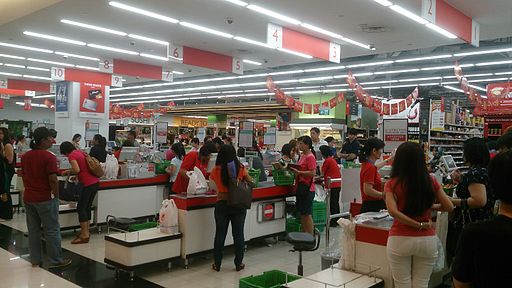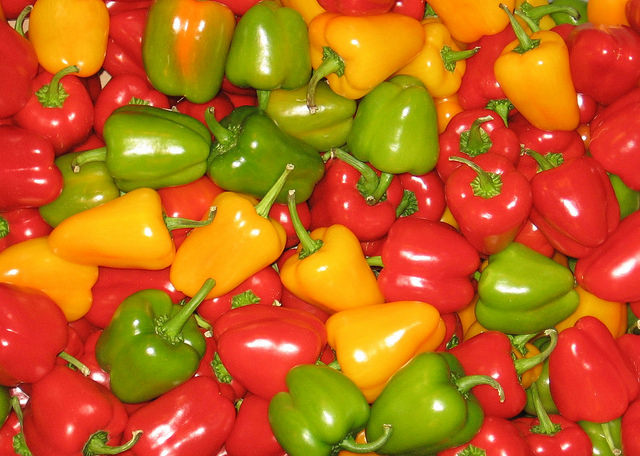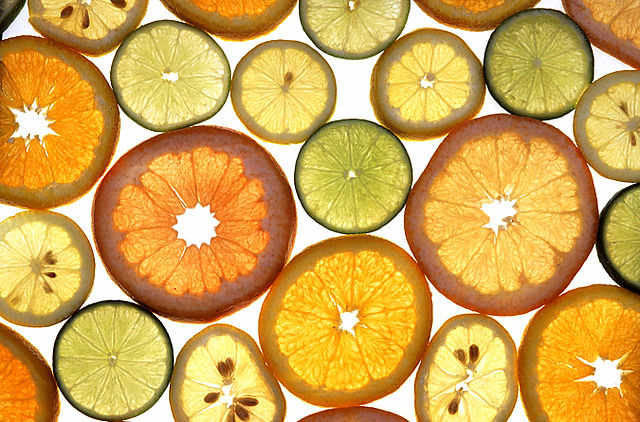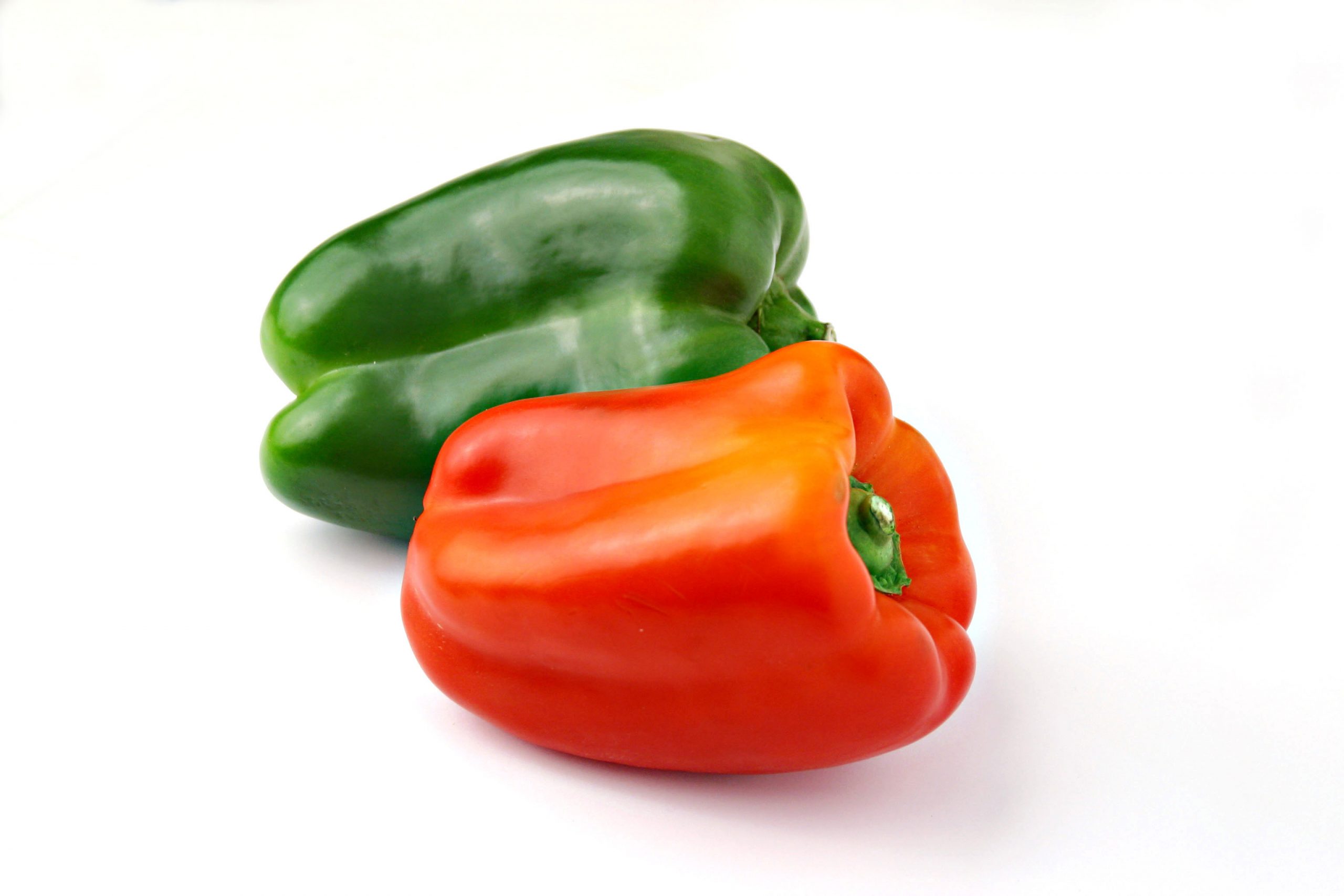
Based on inscriptions to official certification published by official control services, the seed potato area increased again in 2015: by 3.9% in the Netherlands, 3.4% in France, and 4.3% in Belgium, but decreased slightly, by 1.2%, in Germany. The total area for these four countries reached 78,087 ha, up 2,486 ha on 2014.
Seed export markets
Spunta is still present in the four countries, though with a sharply increased area in 2015. The number of hectares has fallen in recent years for Desiree and Kennebec and multiplication took place in just 3 of the 4 countries.
European fresh market
Table potatoes can be divided into ‘firm flesh potatoes’ and ‘floury’ varieties for boiling, making mashed potato and so on.
In the ‘floury’ category, the main varieties are Agata (1,631 ha, up again), Monalisa (1,170 ha, id), Marabel (down to only 503 ha), Melody (762 ha, id) and Milva (416 ha).
In the ‘firm flesh’ category, there was a marked drop in planted area for all the main varieties, sometimes by as much as 19-35%: Nicola -35%, Lady Christl -22%, Charlotte and Cilena -19%, Allians -9%. Their place was taken by quite a high number of new varieties, such as Amandine and Jazzy.
Processing varieties almost unchanged
The total planted area for the 12 top French fry varieties was down by 0.5% due to the high decrease recorded for Ramos, Markies and Victoria. Other main varieties, such as Challenger, Bintje and Agria, showed higher figures than last year. Agria returned to its 2013 level. Despite an increase in 2015, Bintje is considered on a downward trend over the longer term. The area for Fontane was almost unchanged but will probably start to rise again in coming years.
In the crisps market, Lady Claire accounts for 50% of the total area covered by the 4 main varieties and increased for the 4th year in a row. Lady Rosetta went down for the 5th successive season, while Hermes maintained its level. The combined area for these 3 varieties was 2,478 ha, down from 2,518 ha in 2014.
For the 5th consecutive year, there was a decrease in earlies and second earlies (mainly) for the processing market: -37% for Miranda, -15% for Première and -11% for Berber.
Variable yield, good sizes and good quality
After a quite hot and dry growth period in the summer, seed potato crops in North-West Europe reached on average a normal yield, but 10-20% lower than last year. Overly dry weather in June affected the number of tubers per plant, the average size was also smaller than in 2014, and the growth took place quite late. However, the variations between varieties, regions and fields were considerable depending on the rain received in July. Defoliation and harvest occurred later than usual. The quality was acceptable and the skin finish quite good, with less soft rot problems than last year but more virus problems due to intense aphid flights, leading to more rejections or downgrades in class.
Markets
Due to a late harvest, some early export market opportunities were missed, leaving some very specific varieties without a sales outlet.The global price level was difficult to hold. Export possibilities for this season would be limited by the currency devaluation in Algeria, troubles in several Middle East countries, and other geopolitical events. In some cases, the large sizes of seed potato had already been sold on the ware potato market due to attractive prices at the start of the season. Some changes happening in variety choice on the domestic markets were also expected to influence seed potato prices, such as lower demand for Bintje; strong demand for Fontane, Challenger and Innovator; and good demand for new firm flesh varieties.
PL


